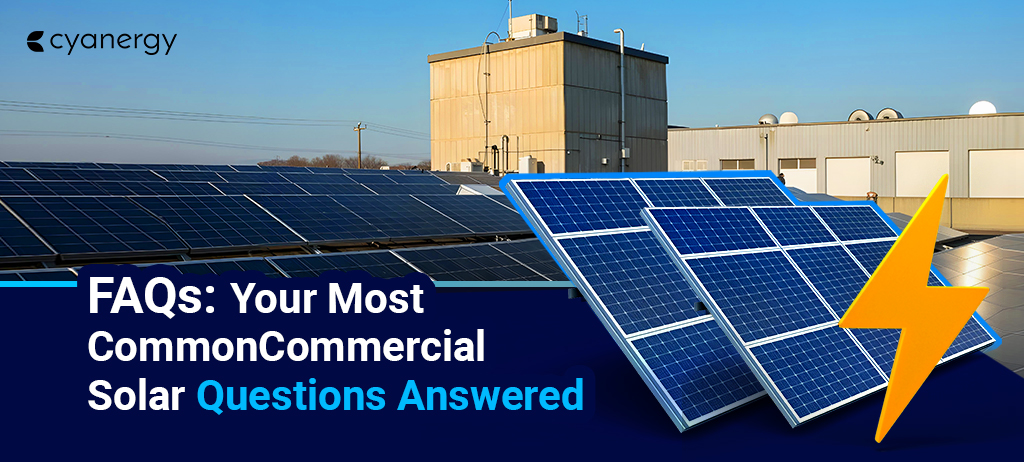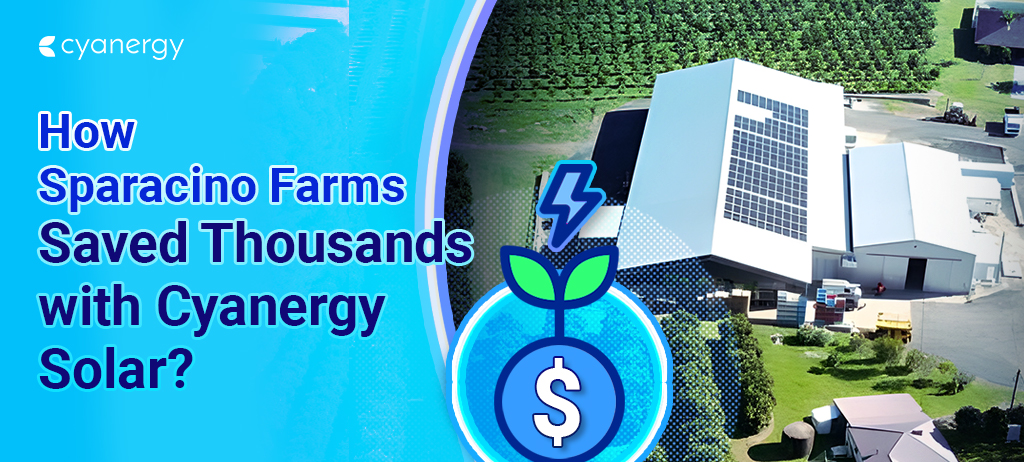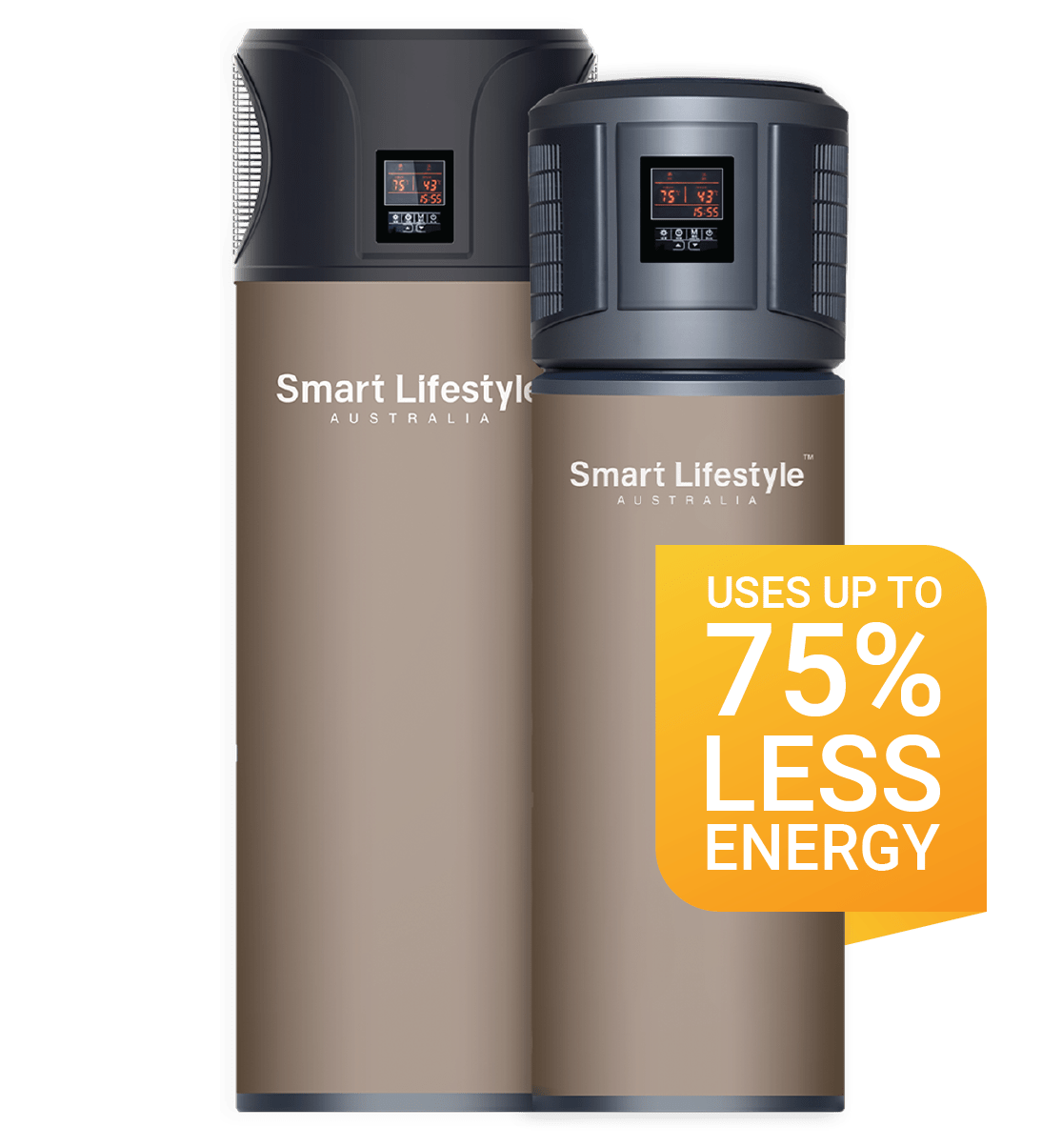With solar panels now a common sight on Aussie rooftops, from the suburban streets to the outback towns, home battery storage has become the next big energy frontier.
Therefore, when you’re thinking about going off-grid, slashing power bills, or just making the most of your rooftop system, there’s a high chance you’ve asked this critical question:
How long do lithium solar batteries actually last in Australia?
Undoubtedly, it’s a fair concern because Lithium batteries don’t come cheap, and their lifespan directly impacts your long-term energy savings, return on investment, and even your environmental footprint.
In this guide, we’ll break down the real-world performance of lithium solar batteries in Australia.
From how long they last, to what affects their lifespan, and practical tips on how you can make yours go the distance, it’s all here!
So, whether you’re a homeowner, installer, or just solar-curious, this deep dive into the blog will power you up with everything you need to know before buying a solar battery!
In this blog post:
- How Lithium-Ion Batteries Work: A Quick Overview!
- Why Use Lithium Batteries for Solar Energy Storage?
- What is a Deep Cycle Lithium Battery? | Power your Home Smartly!
- Lifespan of Lithium Solar Batteries: What to Expect in 2025?
- 7 Factors that Impact the Longevity of Lithium-Ion Batteries in Australia
- How Long Do Lithium Batteries Last During a Power Outage?
- Final Note | Get the Most from Your Lithium Solar Battery
How Lithium-Ion Batteries Work: A Quick Overview!
For easy understanding, let us discuss the battery on a cellular level in its simplest form.
So, in a Li-ion battery, the anode (negative side) is made of graphite, and the cathode (positive side) is made of lithium metal oxide, which is the essence of this battery.
Both the anode and cathode are submerged in an electrolyte, which in this case is lithium salt. Also, there is a separator in between, which helps in the exchange of electrons.
While the entire system is up and running, positive ions of lithium flow through the electrolyte to the negative side of the system to the anode to form a bond with the carbon of that side.
While this is happening, an electron gets released in the cathode side as a reaction to what’s happening as a whole.
So, the lithium metal oxide is now a lithium-ion, metal oxide, and a stray electron. This is what happens at the cellular level when you are charging the lithium cell.
Now let’s see what happens when you discharge electricity from it, AKA using the battery.
At this stage, the electron flows in the opposite direction, which is basically what electricity is. A load is connected at this point of discharge, and the flow of electrons keeps the battery working.
Li-ion batteries are generally considered better despite being a tad more expensive than others because they are:
✔Smaller in size
✔Easy to maintain
✔Has a greater DOD (Depth of Discharge)
✔Offers more generic cycles to go through
✔Has a longer lifespan
✔Capable of fast charging
Why Use Lithium Batteries for Solar Energy Storage?
Lithium batteries are the top choice for solar energy storage for Australians. It offers reliable power backup, freeing you from the hassle of grid dependence.
They’re lightweight, compact, and incredibly efficient, making the most of every ray of sunshine.
With faster charging, deeper discharges, and a lifespan of 10–15 years or more, they easily outlast and outperform older battery technologies. Plus, they require minimal maintenance and are ideal for the often-harsh Australian climate.
In short? More power, less hassle!
So, here we’ve penned down why you should opt for lithium-ion solar batteries:
- Requires low maintenance
- High energy density and storage
- Tremendous longevity
- Offer a longer life cycle
- Reduce energy bills
- Environmentally friendly and safe to use
- Great value for money
What is a Deep Cycle Lithium Battery? | Power your Home Smartly!
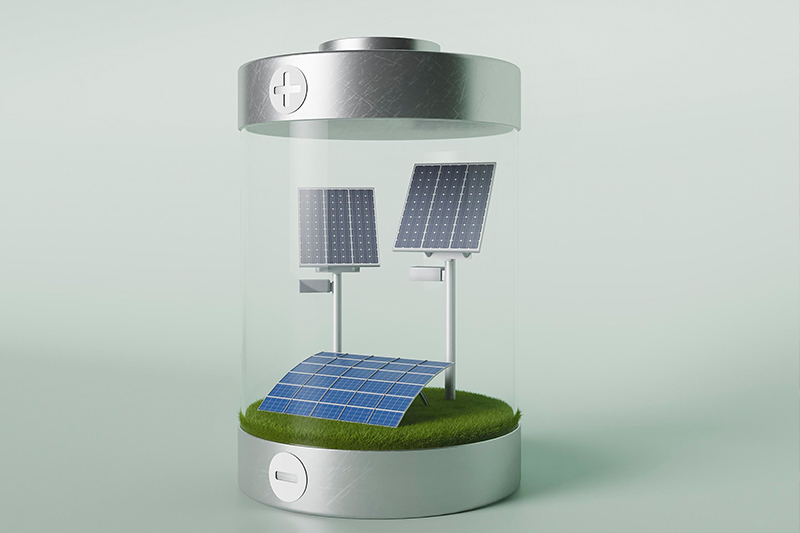
A deep-cycle lithium battery is a type of rechargeable battery specifically engineered to provide consistent power over extended periods and withstand repeated deep discharges.
Unlike regular batteries that may only deliver short bursts of energy, deep-cycle batteries are built to be discharged up to 80% or more of their capacity and recharged hundreds or even thousands of times.
These batteries utilize advanced lithium technologies to supply superior performance, making them ideal for demanding applications such as solar energy systems, electric vehicles, marine use, and off-grid storage.
Although lithium batteries are capable of deep discharges up to 90%, it’s common for manufacturers to recommend staying below that threshold to maximize the battery’s longevity.
Features of Deep Cycle Lithium Batteries
- Superior Power & High Energy Density
Lithium deep-cycle batteries pack more energy into a smaller and lighter unit compared to traditional lead-acid batteries, making them perfect for portable and space-constrained setups.
- Rapid Charging Capabilities
These batteries can recharge significantly faster, allowing systems to get back online quickly, minimizing downtime and increasing overall system productivity.
- Extended Lifespan
With a much higher number of charge and discharge cycles, often in the thousands, deep cycle lithium batteries last much longer, offering better return on investment over time.
- Minimal Energy Loss When Idle
Due to their low self-discharge rate, lithium batteries can retain charge for extended periods when not in use, which is ideal for backup systems.
- Enhanced Safety and Stability
Particularly with LiFePO4 chemistry, these batteries offer greater resistance to thermal runaway and chemical breakdown, making them safer for a wide range of environments and applications.
Lifespan of Lithium Solar Batteries: What to Expect in 2025?
In general, most homes use lithium-ion batteries, which is one of the reasons they dominate the Australian energy market.
But how long do Lithium Solar Batteries Last? Let’s find out!
Among all types of solar batteries available in Australia, lithium-ion tend to last 10 to 15 years on average, where proper maintenance and regular care can extend their lifespan further.
However, in many companies, the warranties commonly cover 10 years or a certain number of charge cycles and often guarantee a retained capacity of 60 to 80% by the end of that period.
LiFePO4 (Lithium Iron Phosphate): Your Long-term Companion!
In the solar battery world, one standout chemistry is Lithium Iron Phosphate (LiFePO4 or LFP).
Wondering why?
Known for high durability, safety, and thermal stability, LFP batteries can endure 6,000 to 10,000 cycles or about 15–20 years of service when properly managed.
In fact, some Australian providers also offer a 10‑year warranty and even claim lifespans of around 20 years for LFP battery systems. This incredible efficiency and robust feature of LFP make it an attractive option for households and businesses.
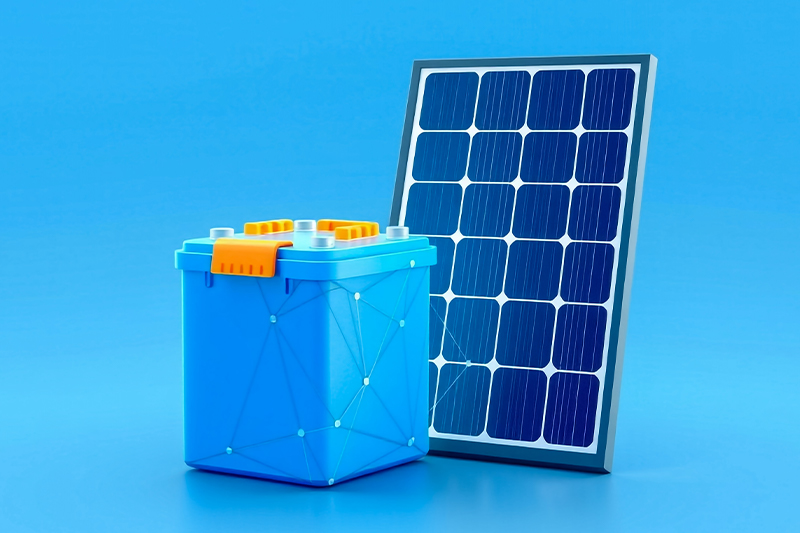
7 Factors that Impact the Longevity of Lithium-Ion Batteries in Australia
While lithium-ion technology is known for its efficiency and durability, its longevity isn’t always guaranteed.
But have you ever wondered what could be the cause of a solar battery losing power?
Honestly, a range of factors come into play, including Australia’s often extreme climate, frequent high temperatures, depth of discharge, and storage conditions.
For instance, long-term exposure to consistent heat can significantly degrade battery health over time, especially in sunny regions. Similarly, improper charging, like constantly charging to 100% or letting the battery fully drain, can reduce its cycle life.
Understanding these influencing factors is key not only to maximizing battery performance but also to making smarter, more sustainable energy choices in the Australian context.
These are the key contributors to Lithium-Ion battery degradation:
- High Ambient Temperatures
- Battery Charging Habits
- Depth of Discharge (DoD)
- Battery Storage Conditions
- Battery Usage Patterns
- Poor Ventilation or Enclosure Design
- Battery Quality and Manufacturer Details
Heatwaves and bushfires during summer are common sights in many Australian regions. So, excess heat during summer can damage your battery composition.
Frequent full charging and complete draining of the battery can hamper the internal battery health, leading to poor service.
Deep discharges reduce battery health faster, so always try to perform shallow or partial discharges.
Storing batteries in hot environments such as sun-exposed rooftops or car parkings for long periods can cause damage. Also, don’t keep your battery unused for long.
In homes or commercial settings with high power demands, frequent fast charging, or heavy load cycling, batteries degrade faster. These excessive loads on the battery accelerate wear and tear.
Lack of airflow or poor thermal management reduces battery longevity. In residential solar installation, these home battery systems must be installed in an open space with proper ventilation.
Not all lithium-ion batteries are created equal!
So, choosing a high-quality battery brand in Australia can mean the difference between years of reliable performance and premature failure.
Some Leading names, such as Tesla Powerwall, Alpha ESS, and SLA Battery, are well recognized for their durability, advanced technology, and long-term support, providing you with peace of mind and enhanced value over time.
How Long Do Lithium Batteries Last During a Power Outage?
On average, every Australian household opting for a solar battery chooses a 10kW battery backup option, which can provide your family with sufficient electricity for an entire day during a power outage.
But if you opt for a battery even bigger, you can go longer without a grid connection. For example, homes in off-grid living use solar panels in addition to a battery backup to run a household without a utility grid connection.
These battery stores excess energy during peak hours and supplies it when needed, ensuring you achieve complete energy independence.
Final Note | Get the Most from Your Lithium Solar Battery
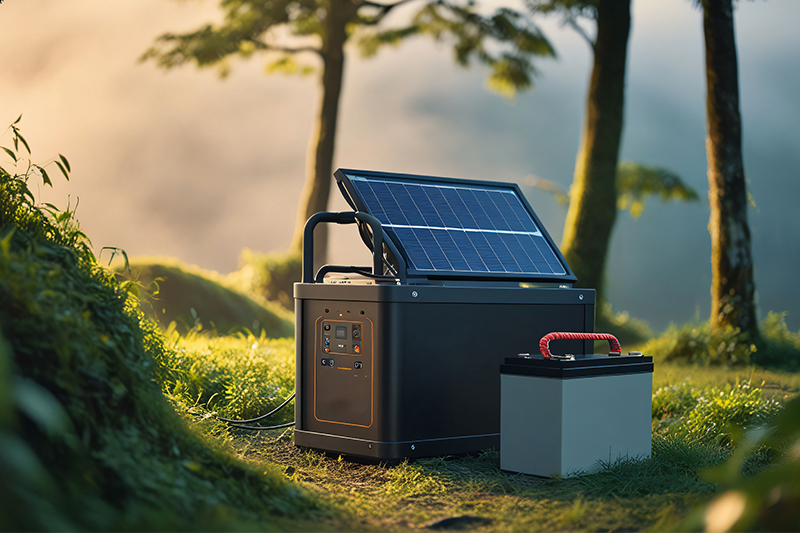
In Australia, where solar is both viable and supported by government incentives, investing in a lithium solar battery is a smart and sustainable choice for achieving energy independence
With lithium-ion batteries lasting 10–15 years, and LiFePO4 variants often reaching 15–20 years, homeowners can reasonably expect over a decade of reliable performance, especially when combined with proper installation and regular upkeep.
Empower yourself by understanding everything to unlock the battery’s fullest potential.
For expert assistance, contact Cyanergy and explore our wide range of high-quality, budget-friendly solar products.
So, without further ado, let’s embrace the green revolution, creating a cleaner, more sustainable future together hand in hand!
